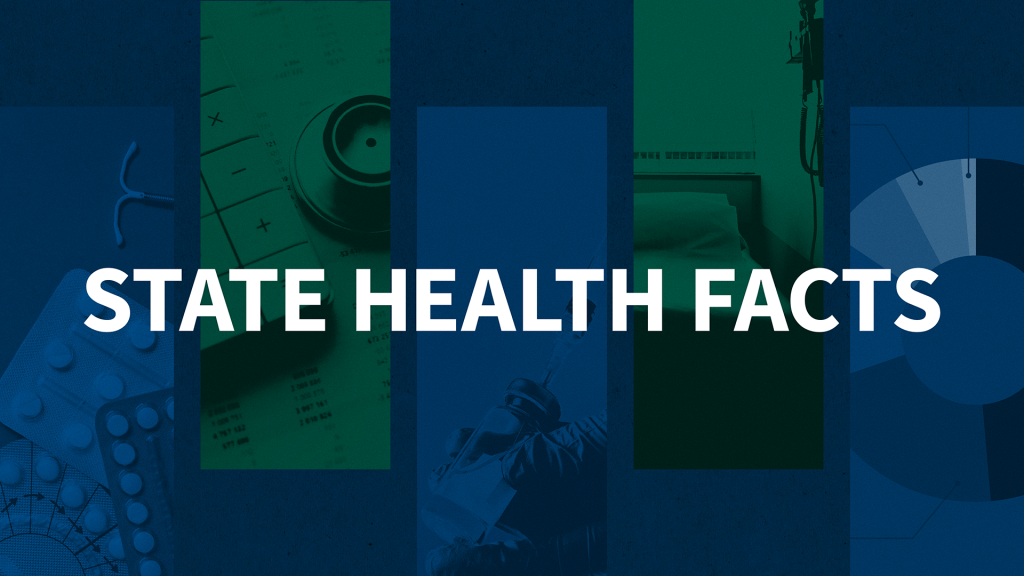Medicare’s Coverage Decision for the New Alzheimer’s Drug and Why It Matters
This policy watch discusses the implications of Medicare's preliminary National Coverage Determination for the new Alzheimer's drug, Aduhelm, on the 2022 Medicare Part B premium and the possibility of an adjustment based on the coverage decision. The piece also discusses the implications for Medicare spending and the connection to ongoing policy discussions around prescription drug proposals in the Build Back Better Act.
